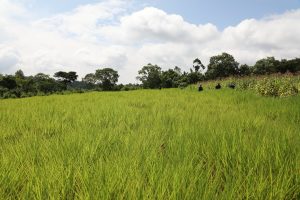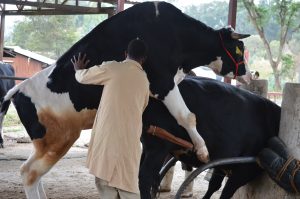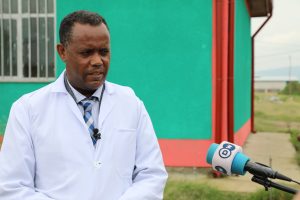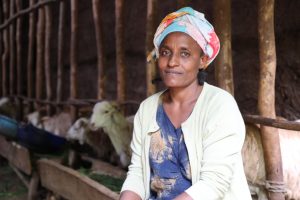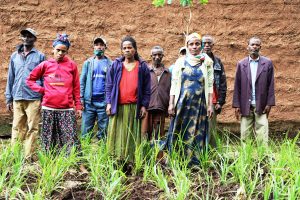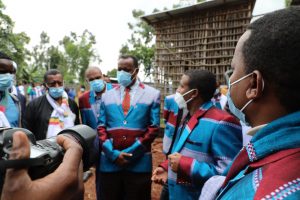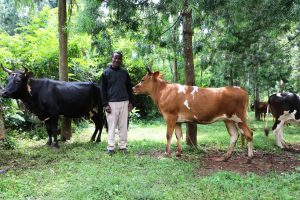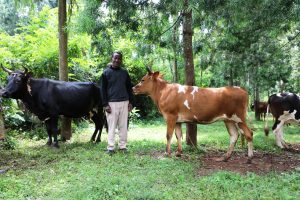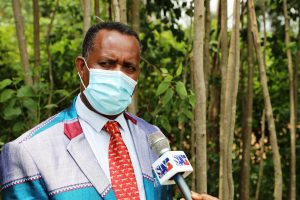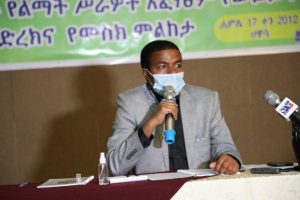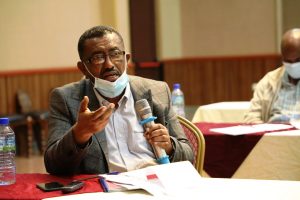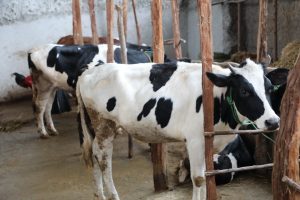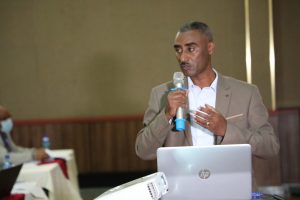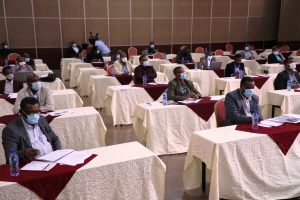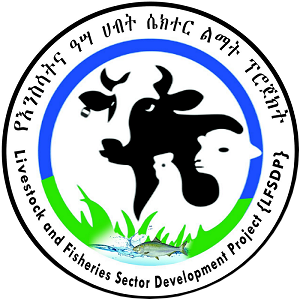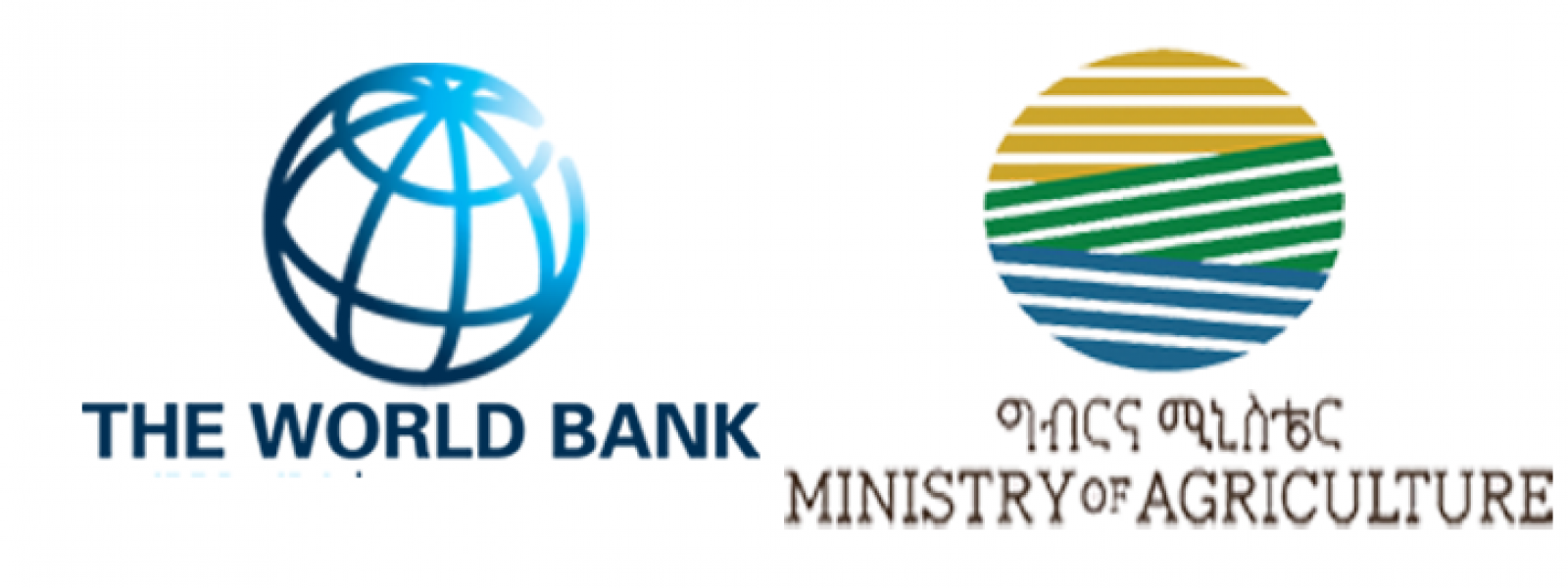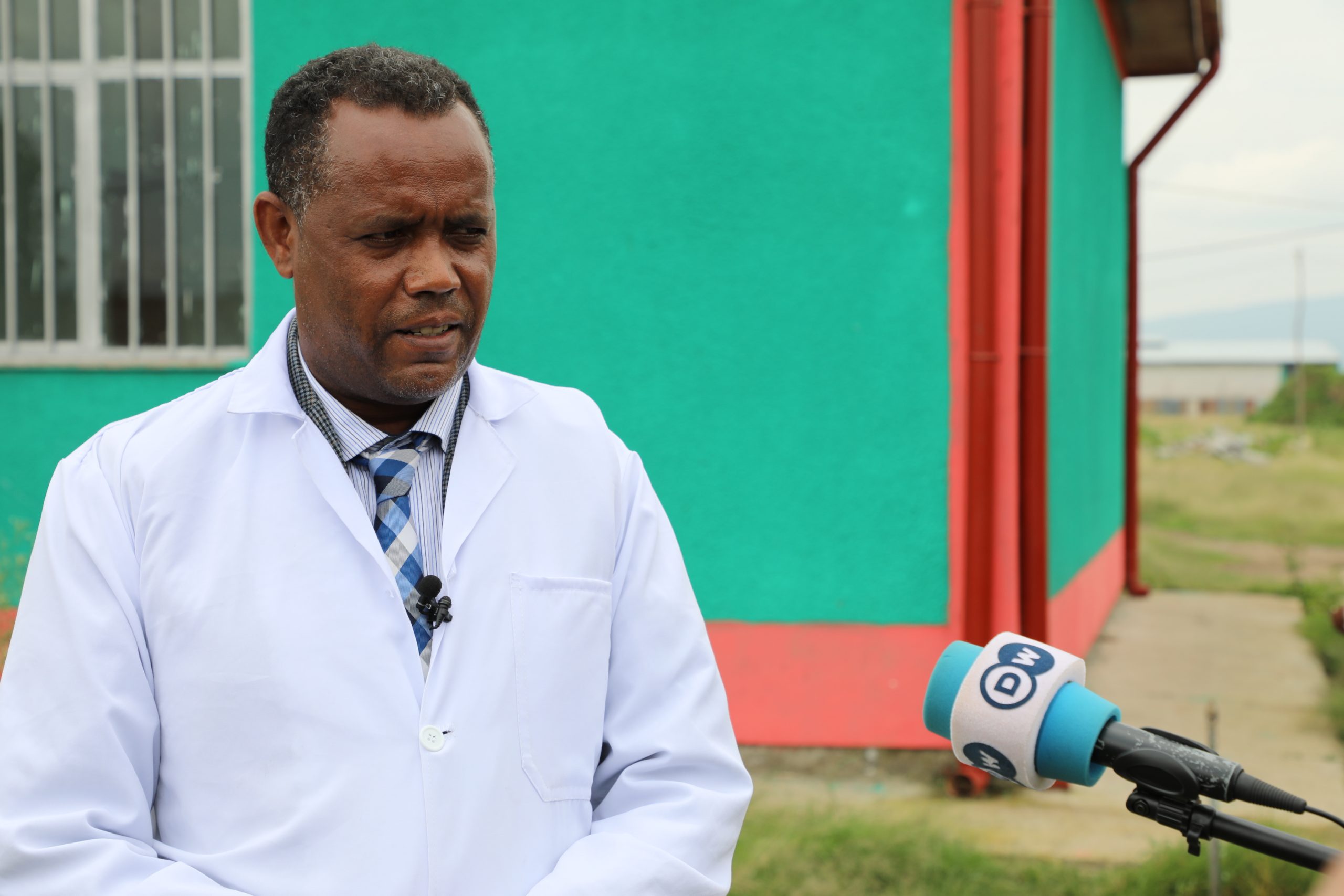According to Southern Nations, Nationalities and Peoples Regional State Bureau Livestock and fishery sector development can be assured through integrated forage development and breed improvement.
The higher official’s team, which was led by His Excellency Dr Fikiru Regassa, Livestock and Fishery State Minister, visited livestock and fishery sector activities at Kenbata Tembaro Zone Kedida Gamela Woreda on July 25, 2020, and has evaluated regional livestock sector annual performances. Ato Zeiynu Bilka, Head of Regional Bureau of Agriculture, was presented annual performance of Regional Livestock and Fishery Sector of the year 2012. Likewise, annual performance report of Livestock and Fishery Sector Development Project (LFSDP) presented by Ato Mulugeta Tesfaye, LFSDP coordinator. The discussion was made on both presentations and evaluated by the team. In addition, it was verified at field level through visiting best practices performed by livestock producers at the area.
As known, SNNPR has conducive environment, substantial feed resource and sufficient water for livestock and fishery development in mixed farming areas. The region has huge number of livestock with diversified species, which are handled by smallholder farmers through extensive and semi-intensive way of production system. According to the report presented by Ato Zeiynu Bilka, Regional livestock and fishery head, there were various accomplishments particularly on aspects of capacity building, cattle breed improvement, poultry production, small ruminant fattening, animal health services, fishery development etc… in all woredas of the region on 2012 EC.
The region has planned to increase livestock production and productivity through applying appropriate animal husbandry management practices. Moreover, productivity improvement activities are going on by crossing selected indigenous cattle with improved breeds using Artificial Insemination through synchronizing the heat period of productive cows. To this end, it was planned to inseminate 276,100 cows and successfully inseminated 226,300 cows (82%). As a result, more than 70% cross bred calves are expected from the inseminated cows. In addition, it is planned to increase milk productivity to 2-5 litres from local cows and to 18-25 litres from improved breeds. Accordingly, milk productivity reached 4-5 litres from indigenous cows and 32 litres from improved breeds per cow at model farmers level.
His Excellency Dr Fikru Regassa has conducted field observation in Hawassa and Kedida Gamela Livestock and Fishery Sector Development Project (LFSDP) supported activities. The visited areas are forage development sites, breed improvement activities, poultry multiplication sites and Common Interest Groups (CIGs) working on poultry, dairy and red meat. At the end of the visit, his excellency Dr Fikru Regassa has given direction by mentioning the huge resource of livestock endowed by Ethiopian livestock owners, which is not comparable to the revenue and benefit obtained from the resource. There are several reasons that are considered for low return. Some are the shortage of feed, low productivity of indigenous brees, animal health, etc… However, in case of SNNPR, he said that I observed the integrated and collaborative efforts of technical staffs with smallholder farmers and livestock producers, which has resulted on an encouraging success. Specially, the effort and emphasis which is given to improve productivity per cows is an indicator for sector development. At the end, the team has visited Hawassa poultry multiplication centre and on the event, His excellency Dr Fikru Regassa has planted a tree in the compound of Hawassa Poultry Multiplication Site.
